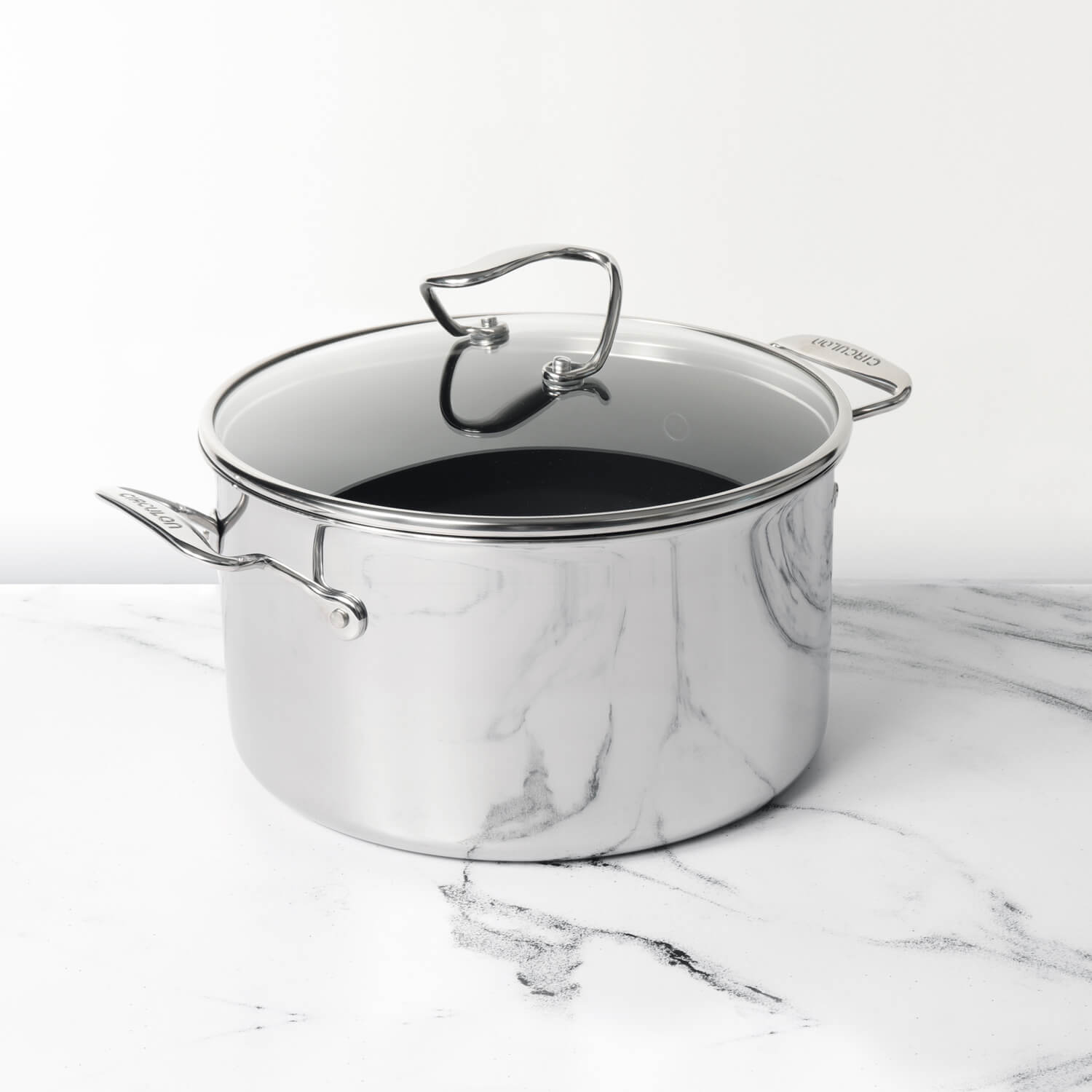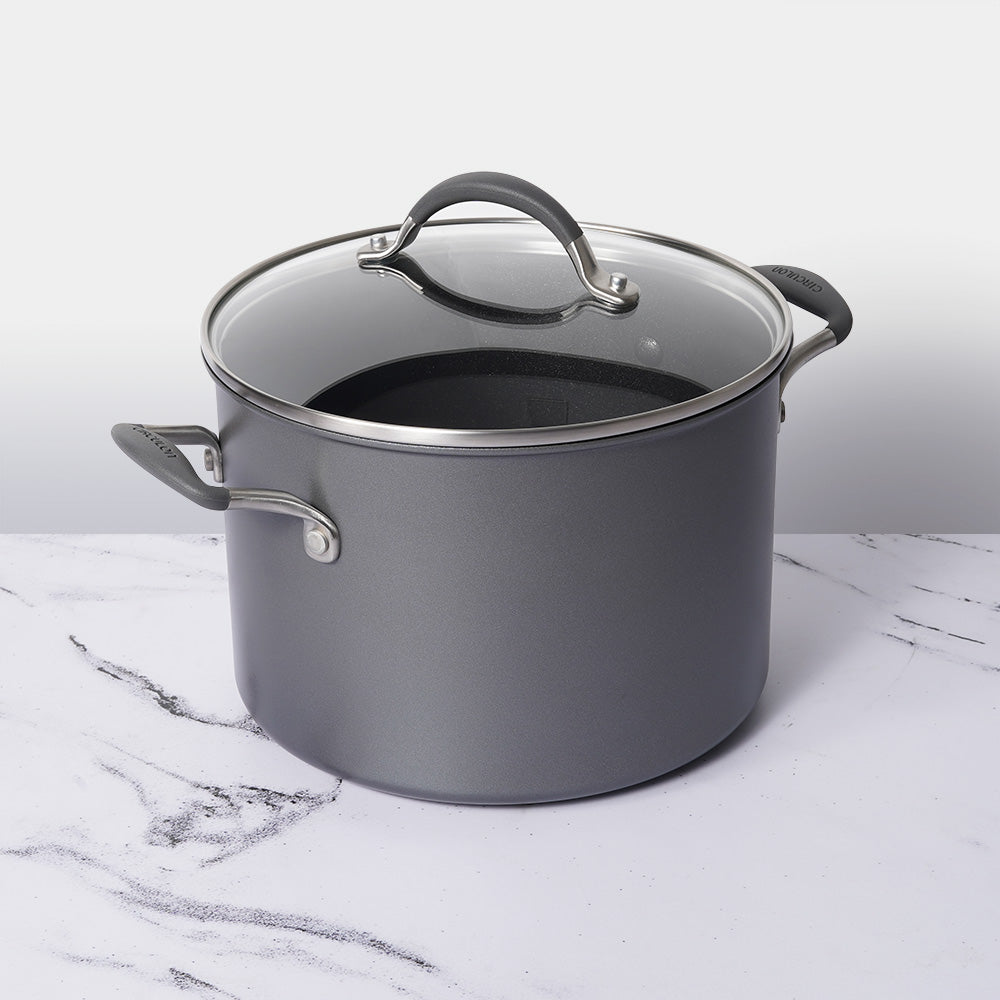Nonstick cookware not only aids in weight loss by reducing the need for excessive fats and oils but also enhances nutrient retention in meals. By requiring less oil for cooking, nonstick pans and pots help preserve the natural nutrients present in ingredients, such as vitamins and antioxidants, which can be compromised with prolonged exposure to high heat or excessive oil. The nonstick surface promotes even cooking, ensuring that nutrients are evenly distributed throughout the food without being lost to sticking or burning. Additionally, nonstick cookware encourages the use of healthier cooking methods like steaming, sautéing with broth or water, and baking, which help retain the nutritional integrity of foods while still delivering delicious and satisfying meals. Overall, incorporating nonstick cookware into weight loss meals not only reduces calorie intake but also ensures that individuals are receiving the maximum nutritional benefit from their food.
Table of Contents
Understanding Nutrient Retention in Cooking
Nutrient retention refers to the preservation of vitamins, minerals, and other beneficial compounds in food during the cooking process. High temperatures and prolonged cooking times can degrade heat-sensitive nutrients, while excessive use of oil or fats can lead to nutrient loss through leaching. Maximizing nutrient retention is essential for ensuring that meals remain nutritious and supportive of overall health, especially in the context of weight loss.
The Role of Nonstick Cookware in Nutrient Retention
Nonstick cookware plays a vital role in enhancing nutrient retention by promoting healthier cooking practices that minimize nutrient loss. With its non-stick surface, nonstick pans and pots require less oil for cooking, reducing the risk of nutrient degradation due to excessive fat content. The even heat distribution provided by nonstick cookware ensures that food is cooked uniformly, preventing hot spots that can lead to uneven cooking and nutrient loss. Additionally, nonstick cookware encourages the use of cooking methods such as steaming, sautéing with broth or water, and baking, which help preserve the nutritional integrity of foods while still delivering delicious and satisfying meals.
Benefits of Nutrient-Rich Weight Loss Meals
Incorporating nonstick cookware into weight loss meals enhances nutrient retention, ensuring that individuals receive the maximum nutritional benefit from their food. Nutrient-rich meals support overall health and well-being, providing essential vitamins, minerals, antioxidants, and other bioactive compounds that promote optimal body function and help prevent nutrient deficiencies. By maximizing nutrient retention with nonstick cookware, individuals can nourish their bodies while supporting their weight loss goals, leading to improved energy levels, enhanced satiety, and better overall health outcomes.
Tips for Maximizing Nutrient Retention with Nonstick Cookware
To maximize nutrient retention in weight loss meals using nonstick cookware, individuals can follow several tips:
- Use minimal oil: Opt for cooking methods that require minimal oil, such as sautéing with broth or water, steaming, or baking, to reduce the risk of nutrient loss due to excessive fat content.
- Cook at lower temperatures: Avoid cooking food at high temperatures for extended periods, as this can lead to nutrient degradation. Instead, cook food at lower temperatures and for shorter durations to preserve its nutritional integrity.
- Choose fresh, whole ingredients: Select fresh, minimally processed ingredients whenever possible, as they are naturally rich in nutrients and less likely to undergo nutrient loss during cooking.
- Don't overcook vegetables: Be mindful not to overcook vegetables, as prolonged cooking can cause them to lose their vibrant color, texture, and nutrient content. Aim to cook vegetables until they are tender yet still crisp to preserve their nutritional value.
- Incorporate a variety of foods: Include a variety of nutrient-rich foods in your meals, such as fruits, vegetables, whole grains, lean proteins, and healthy fats, to ensure a diverse array of nutrients and maximize overall nutritional intake.











Leave a comment